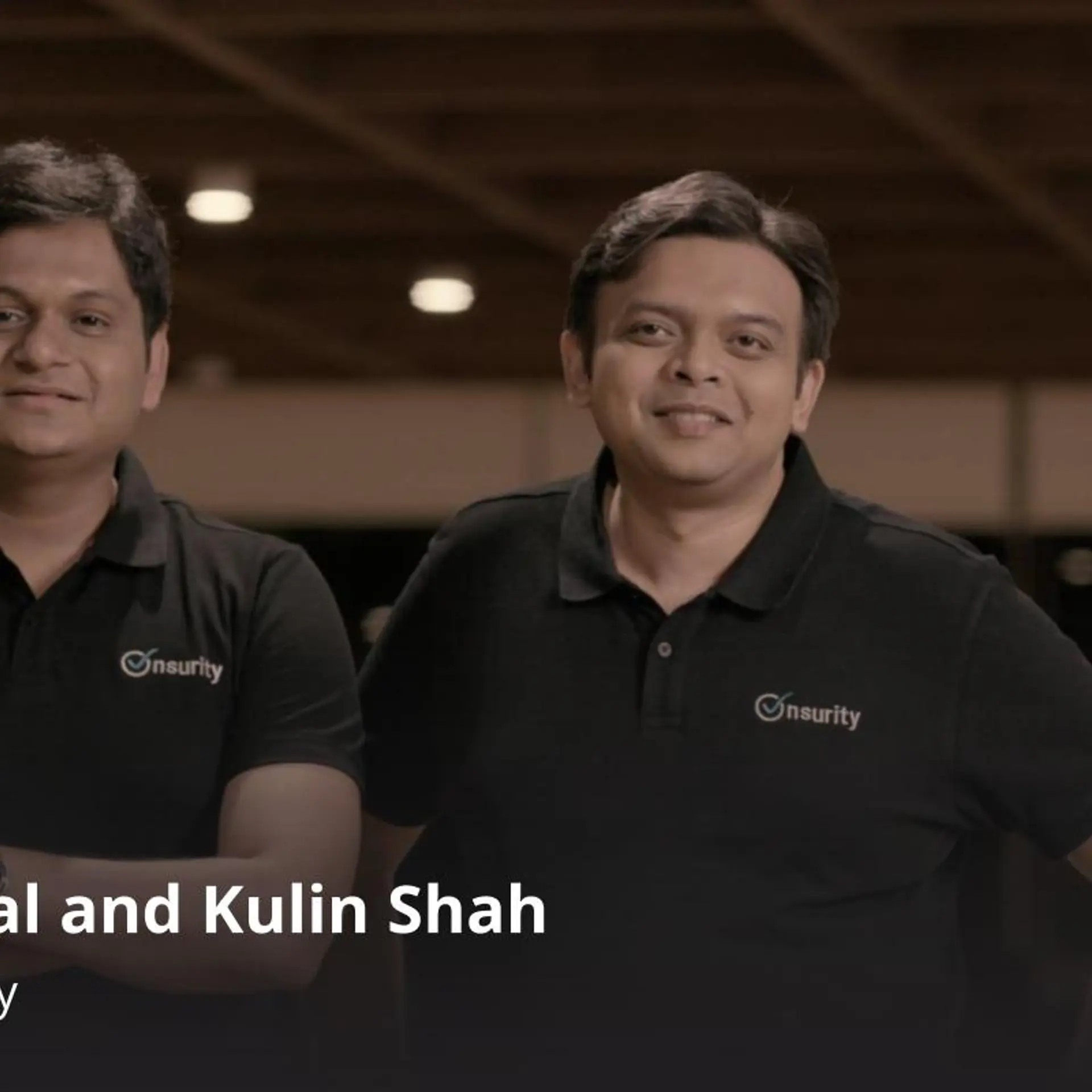RBI reports 14.2% jump in bank credit to MSMEs, and other top stories of the week
This week, the RBI in a report highlighted the steps taken to improve credit flow in the MSME sector. Here are some key points from the report, and other SMB stories.
The bank credit to the micro, small, and medium enterprises (MSMEs) by scheduled commercial banks increased by 14.2% annually during the April-December period of FY23 from 11.7% during the same period last year, according to the Reserve Bank of India’s (RBI) annual report released recently.
Bank credit to MSMEs stood at Rs 21.5 lakh crore, which was deployed to 2.13 crore accounts by the end of December 2022. To facilitate cash-flow-based lending to MSMEs, the Goods and Services Tax Network (GSTN) is included as a Financial Information Provider (FIP) under Account Aggregator (AA) Framework.
“Increasing the flow of credit to MSMEs is a policy priority of the Reserve Bank and the Government of India,” said the report.
As per the report, the MSME segment has recorded a modest recovery. The revenue for the sector is projected to exceed the pre-COVID-19 level in 2022-23 by 25%.
Other top picks of the week
Sapana Mats

The iconic advertisement for , where a genie flies across the world on a magic carpet showing global and Indian landmarks, captures the aspirations of the middle class in the late 80s and 90s. This was a time when India was yet to embrace liberalisation and globalisation, and the demand for home décor was growing among the Indian middle class.
Mumbai-based Sapana Mats’ journey began in 1984 from Aurangabad when VB Gupta identified plastic mats as an affordable solution compared to the more expensive traditional carpets.
Today, India is vastly different from the India of the 90s. So, how does a plastic mat maker plan to sustain its business?
To stay up-to-date in the market, Nishith says the company continually works on refining and enhancing the product range. From bringing UV stabilised mats to plastic recycled mats and heavier and denser qualities for the US market (600 GSM versus the regular 400 GSM), product development is a regular process.
In FY23, Sapana Mats made a revenue of Rs 128 crore, and Nishith envisions the company will cross Rs 200 crore mark by the end of FY24 by strengthening its offline retail presence and building up on the D2C space.
Kapsons

Darpan Kapoor and Vipin Kapoor came from Maharashtra to Chandigarh to pursue their education. Later, when they had to choose their career paths, they chose to enter the fashion retail industry.
At the outset, the brothers operated out of their single outlet in Chandigarh. The duo established a sourcing network in Ludhiana—capitalising on its reputation as a prominent production hub with apparel manufacturing as one of the major industries in the city.
Banking on the store's success, the Kapoor brothers opened a second store dedicated to kids' fashion in the late 90s called Kapkids. As the business grew, expanded its footprint to Amritsar and subsequently to Jalandhar.
"Today, Kapsons Fashion has 25 stores spread across six states in North India," Akshay Kapoor, Managing Director, Kapsons Group, tells SMBStory.
Kapsons Group—which includes Fashion, Kapsons Retail, Kapsons Agencies, Kapsons Entertainment, Kapsons International, and Kapsons Services—clocks nearly Rs 500 crore in annual turnover.
Expanding beyond its retail business, the group has also entered distribution, technology, outsourcing, and service provision.
Edited by Suman Singh







